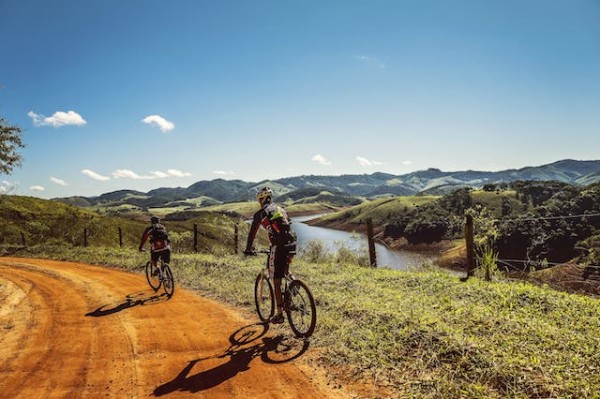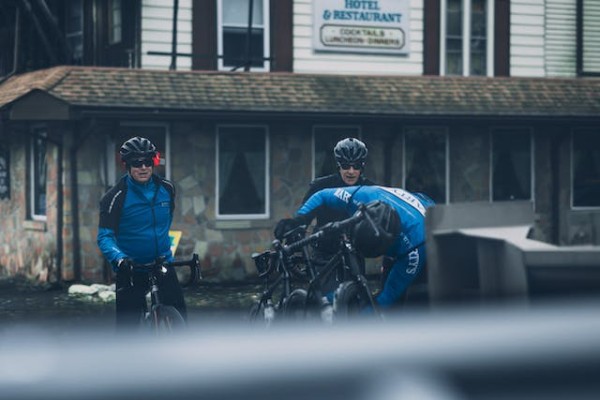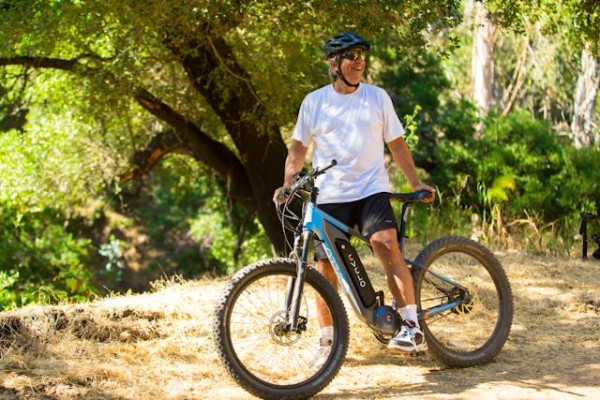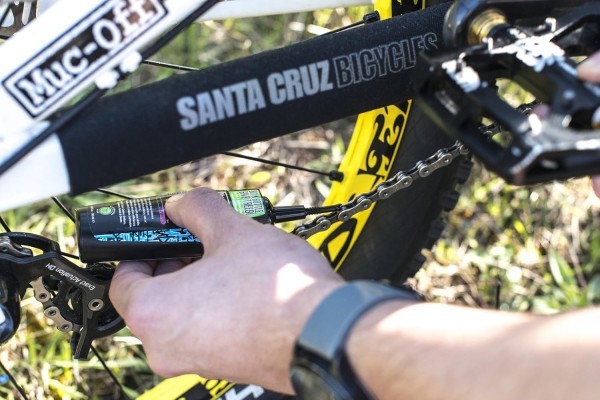Do you know that learning how to ride a bike can be a daunting task for many people? It’s true! But fear not, because, with these 6 tips, you’ll be well on your way to becoming a confident cyclist in no time. Whether you’re a complete beginner or someone looking to brush up on your skills, these tips will provide you with the guidance you need to master the art of riding a bike.
1. Choosing the Right Bike

When it comes to choosing the right bike, it’s important to consider your specific needs and preferences to ensure a comfortable and enjoyable riding experience. The first thing you should think about is the type of terrain you’ll be riding on. If you plan on mostly riding on paved roads, a road bike or a hybrid bike would be a good option. On the other hand, if you’re more into off-road adventures, a mountain bike or a fat bike might be more suitable.
Next, consider the bike’s frame size. It’s crucial to choose a bike that fits you properly to prevent discomfort and potential injuries. Additionally, think about the bike’s components, such as the gears and brakes, as they can greatly affect your riding experience. Finally, don’t forget about your budget. While it’s important to invest in a good-quality bike, make sure it aligns with your financial capabilities.
2. Getting Familiar With the Bike
Now that you have chosen the right bike that fits your needs and preferences, it’s time to get familiar with it and start your exciting riding journey. The first step is to adjust the bike according to your height. Stand next to the bike with both feet flat on the ground and ensure that there’s a slight bend in your knees when you straddle the top tube.
Next, familiarize yourself with the brakes. The front brake is controlled by the lever on the right handlebar, while the back brake is controlled by the lever on the left handlebar. Practice squeezing the brakes gently to get a feel for their responsiveness. Lastly, take a moment to sit on the bike and get comfortable with the seat and handlebars. Adjust them to a position that feels natural and allows you to maintain a relaxed posture while riding.
3. Balancing and Steering
To master the art of balancing and steering while riding a bike, focus on maintaining a steady center of gravity and smoothly maneuvering the handlebars.
Balancing is key to staying upright on your bike. Start by keeping your weight centered over the bike’s frame, with your head up and eyes looking forward. As you gain confidence, try to relax your upper body and let your hips and legs do the work of maintaining balance.
When it comes to steering, remember that small adjustments are the key to success. Use gentle movements of the handlebars to guide your bike in the direction you want to go. Practice making turns by leaning your body slightly in the direction of the turn and smoothly steering the handlebars. With practice, you’ll soon find yourself confidently balancing and steering your bike with ease.
4. Starting and Stopping
To start and stop successfully while riding a bike, it’s important to focus on proper technique and maintain control of your movements. When starting, place one foot on the ground and the other on a pedal, with the pedal in the 2 o’clock position. Push down on the pedal with your foot while simultaneously pushing off with your grounded foot. As you gain momentum, lift your grounded foot onto the other pedal.
To stop, squeeze both brakes evenly, using the front brake more gently to avoid going over the handlebars. Shift your weight back slightly and keep your eyes forward. Gradually decrease your speed by applying more pressure to the brakes until you come to a complete stop. With practice, starting and stopping will become second nature, giving you the confidence to take on new biking adventures.
5. Building Confidence on the Road
As you become more comfortable with starting and stopping on your bike, it’s time to focus on building confidence on the road. Riding on the road can be intimidating at first, but with practice and the right techniques, you can become a confident cyclist.
One important aspect is to always be aware of your surroundings. Stay alert and anticipate potential hazards such as cars, pedestrians, and other cyclists. Follow the rules of the road, including using hand signals to indicate your intentions.
It’s also crucial to ride predictably and maintain a steady pace. Remember to communicate with other road users by making eye contact and using your voice if necessary. By practicing these skills and gradually increasing your comfort level on the road, you’ll soon find yourself confidently navigating through traffic and enjoying the freedom of cycling.
3. Practicing and Progressing
The more you practice, the better you’ll become. Start by finding a safe and quiet area to ride, such as a parking lot or a quiet residential street. Practice riding in a straight line, using hand signals, and making smooth turns. As you become more comfortable, challenge yourself by riding on different terrains and in various weather conditions. Don’t forget to practice emergency stops and maneuvering around obstacles.
Gradually increase your mileage and try riding on busier roads. Remember, progress takes time, so be patient with yourself. With practice, you’ll become a confident and skilled cyclist in no time. Keep pushing yourself and enjoy the journey!
Frequently Asked Questions
What Are the Different Types of Bikes Available?
When it comes to different types of bikes, there are plenty of options to choose from. You’ve got mountain bikes, perfect for off-road adventures and rough terrain. Road bikes are great for speed and long-distance rides on smooth pavement.
If you’re looking for a more casual ride, consider a hybrid bike that combines the features of both mountain and road bikes. And don’t forget about cruiser bikes, perfect for leisurely rides along the beach or around town.
Are There Any Safety Gear or Accessories That I Should Consider Purchasing?
A helmet is an absolute must to protect your noggin from any unexpected falls. Reflective clothing or accessories will make you more visible to others, especially when riding at night. And let’s not forget about a sturdy lock to keep your bike secure when you’re not around.
How Long Does It Take to Learn How to Ride a Bike?
It’s important to start by finding a safe and open area to practice. Begin by focusing on your balance and pedaling technique. With time, you’ll start to feel more comfortable and confident on the bike. Remember, everyone learns at their own pace, so don’t get discouraged.
Keep practicing, and soon enough, you’ll be riding like a pro!
Can I Learn How to Ride a Bike as an Adult?
Just like when you first learned to walk, riding a bike requires practice and patience. Start by finding a comfortable, open space to practice. Take it one step at a time, gradually building your confidence. Before you know it, you’ll be cruising down the road, feeling the wind in your hair, and experiencing the joy of riding a bike.
Conclusion
Congratulations! You’ve unlocked the magical world of cycling and embraced the freedom it brings. With these 6 essential tips, you’ve learned how to choose the perfect bike, master its mechanics, and ride with confidence. Like a graceful dancer on a stage, you’ve discovered the art of balancing and steering. Now, as you pedal into the horizon, remember that practice makes perfect. So keep pushing forward, honing your skills, and soon you’ll be gliding down the road like a majestic eagle in flight.





